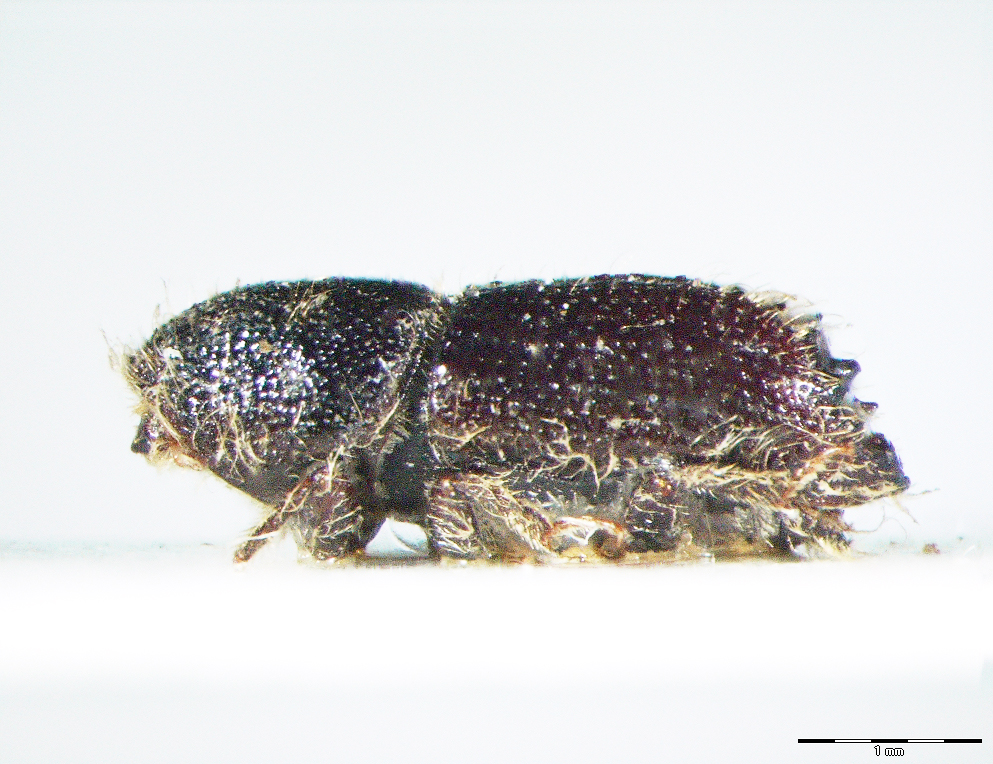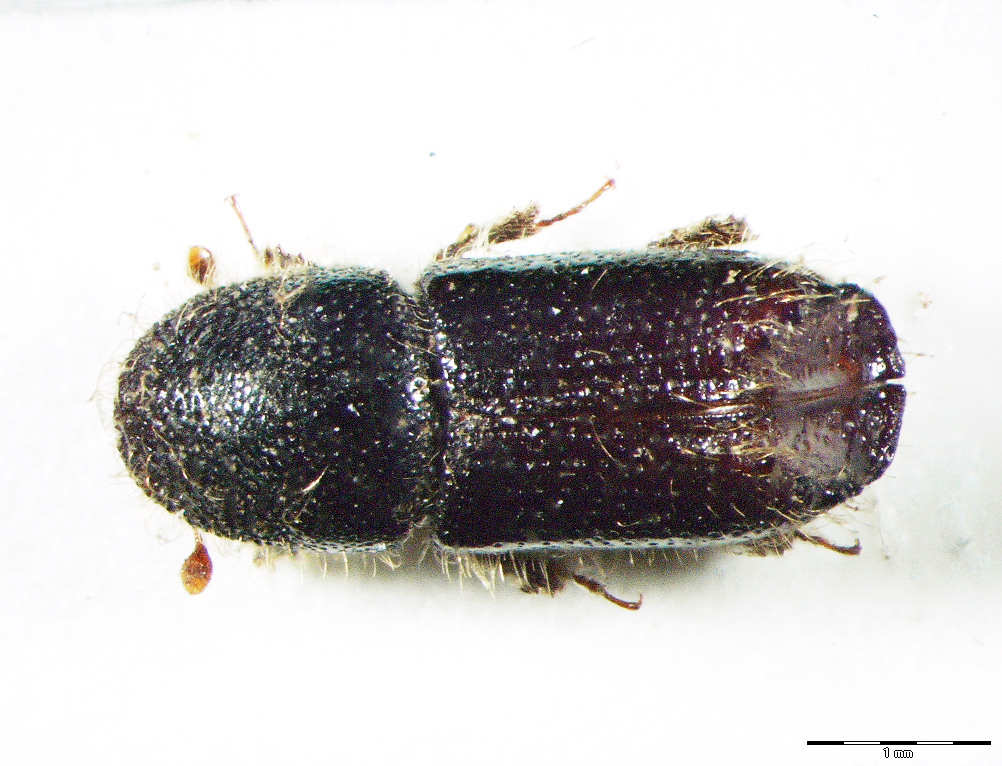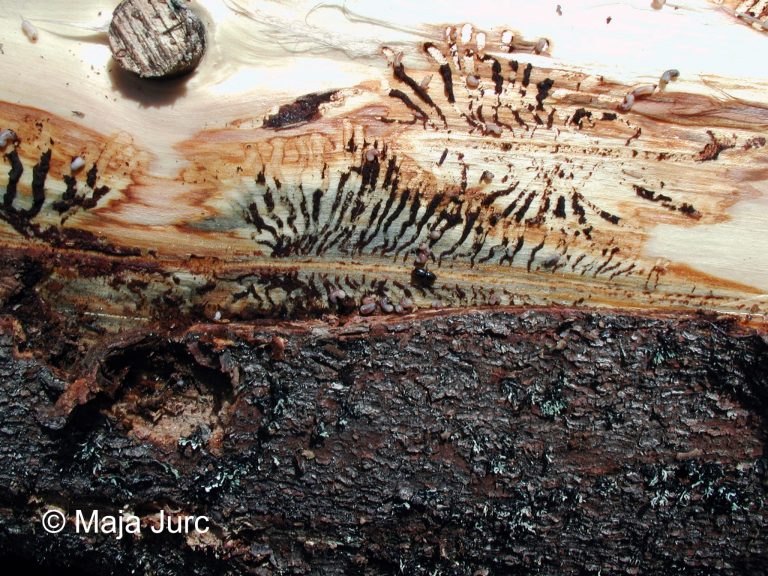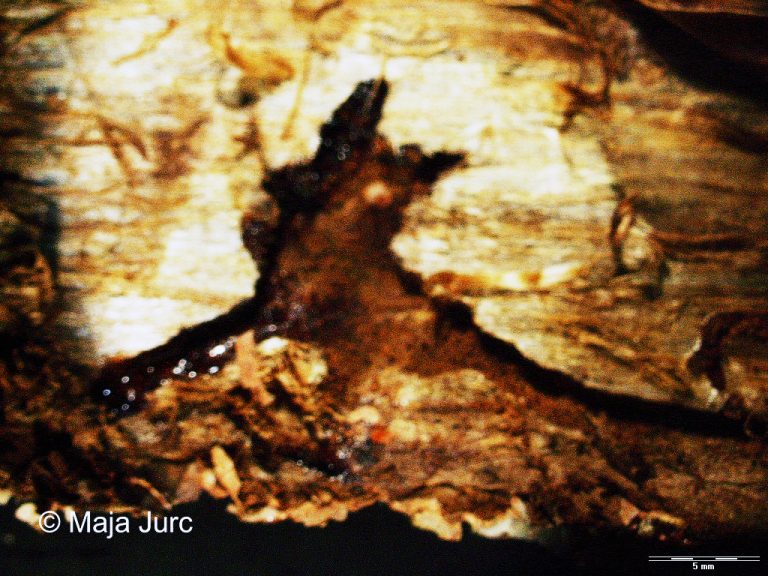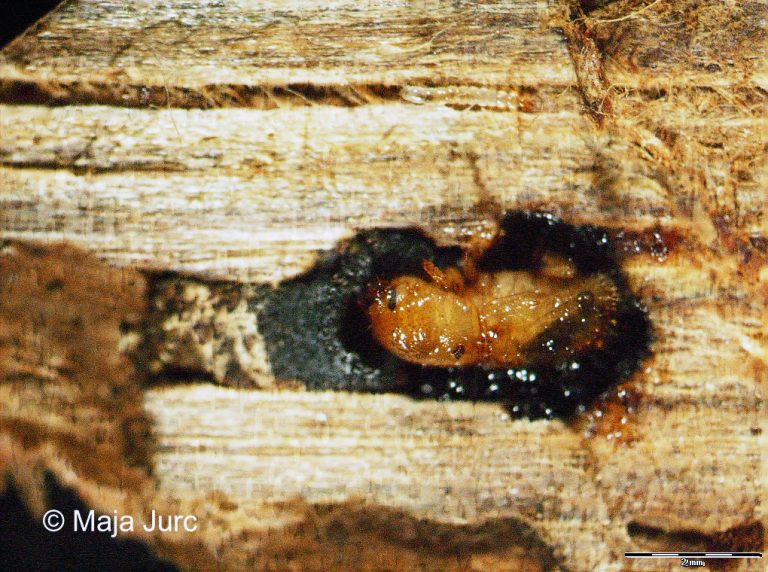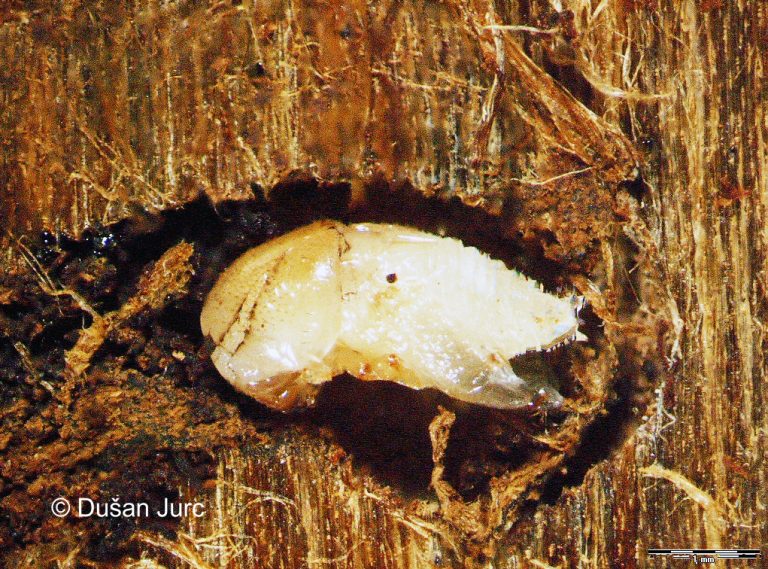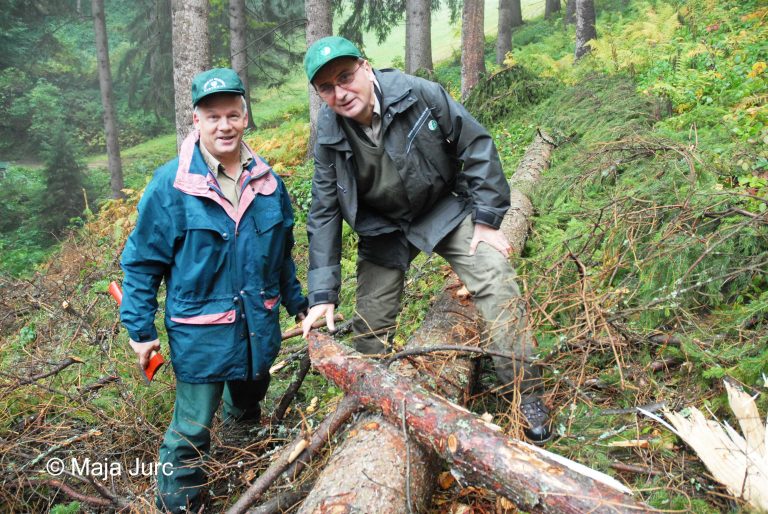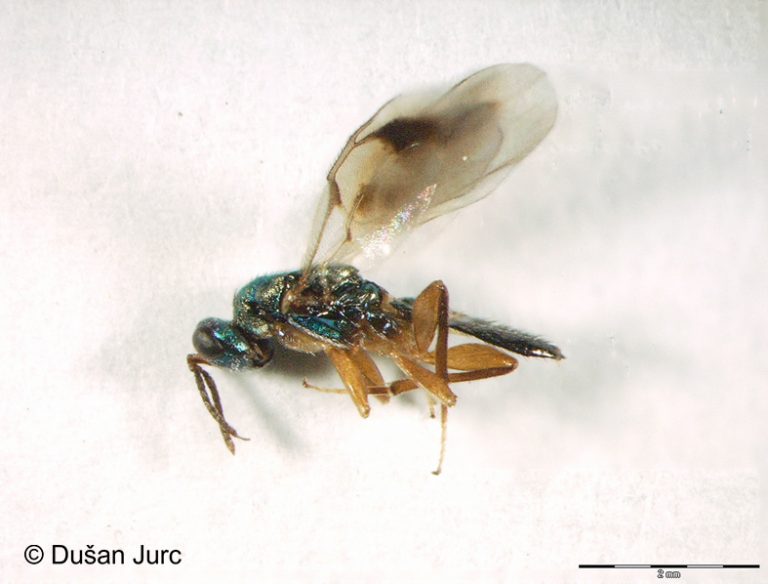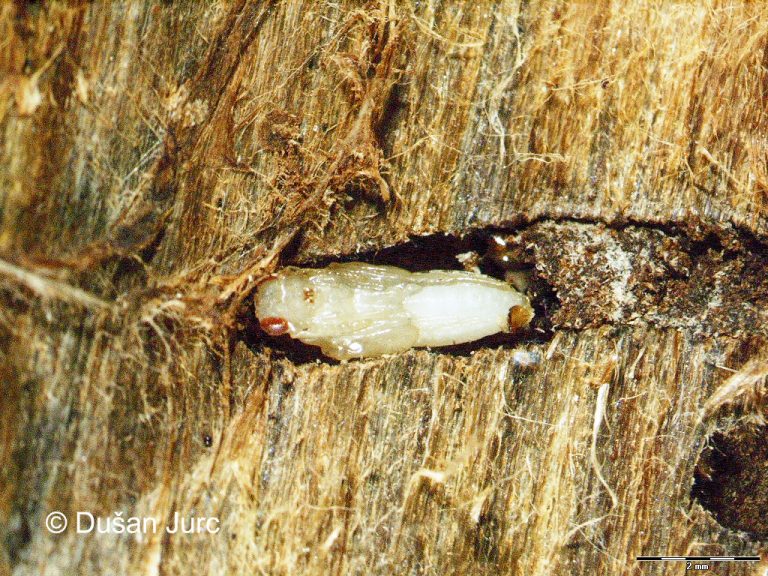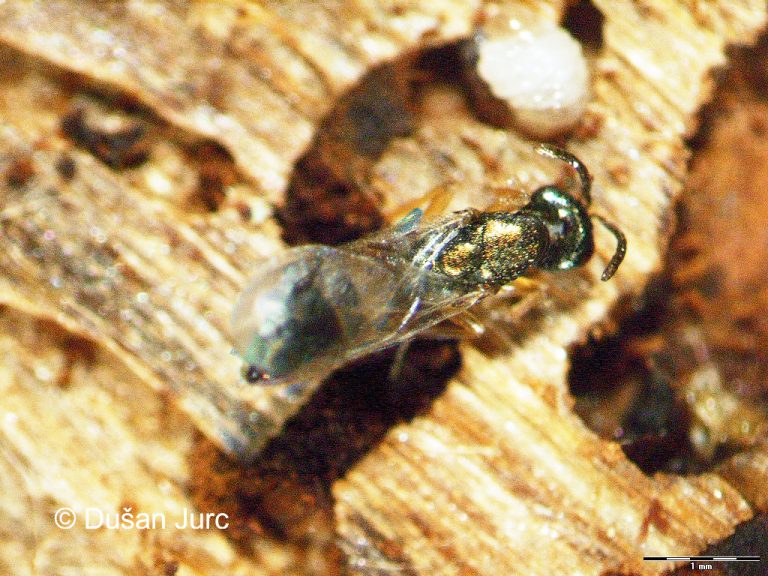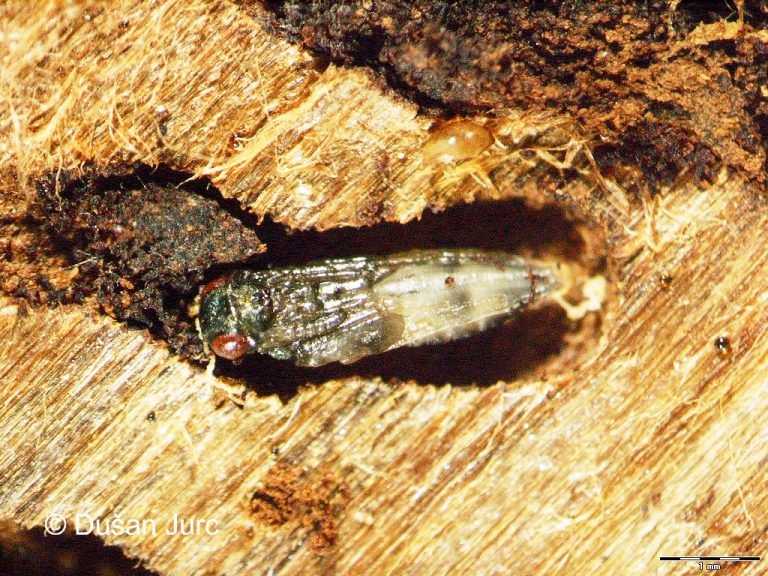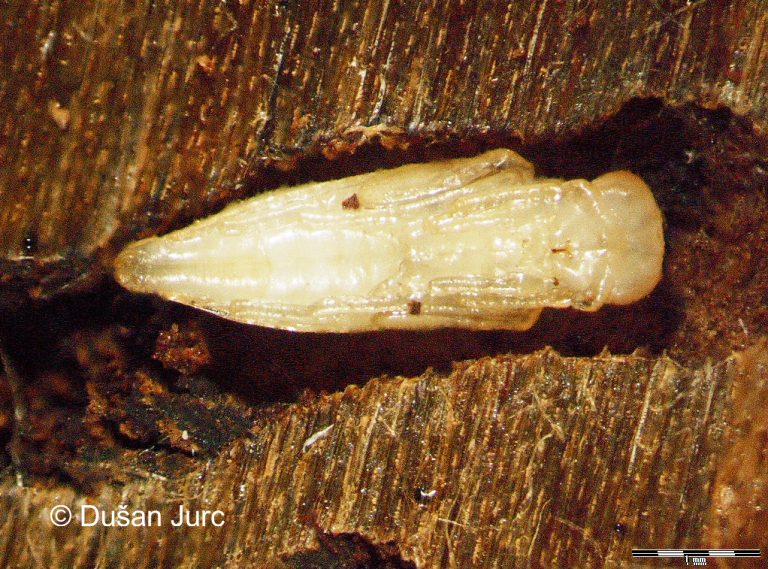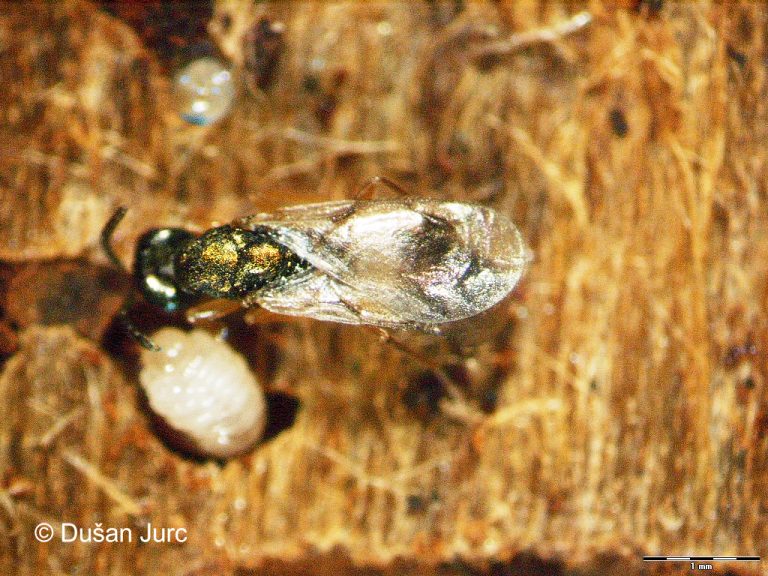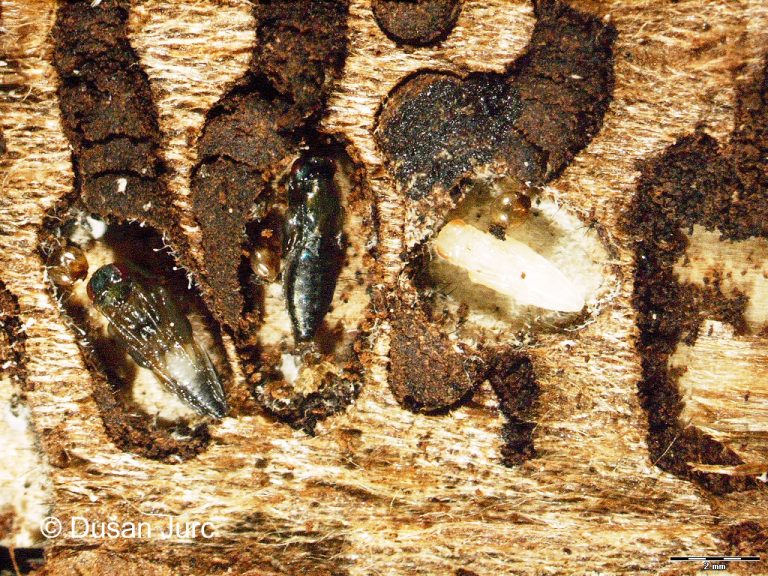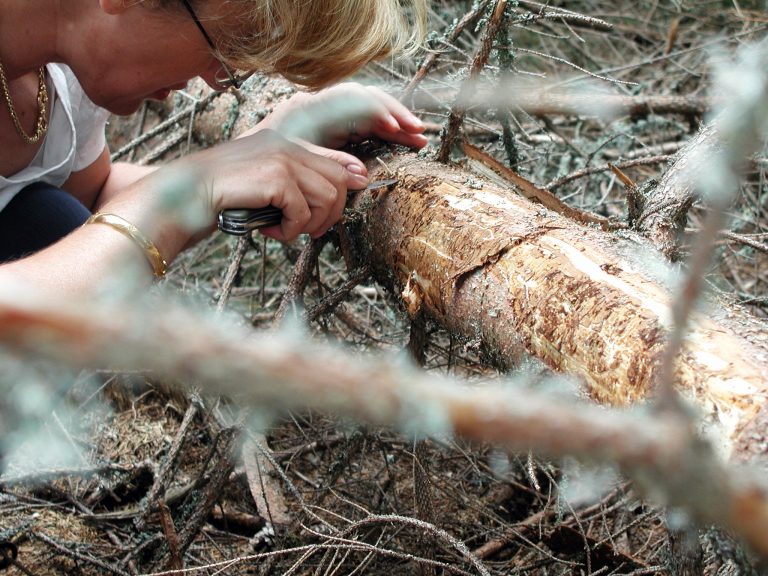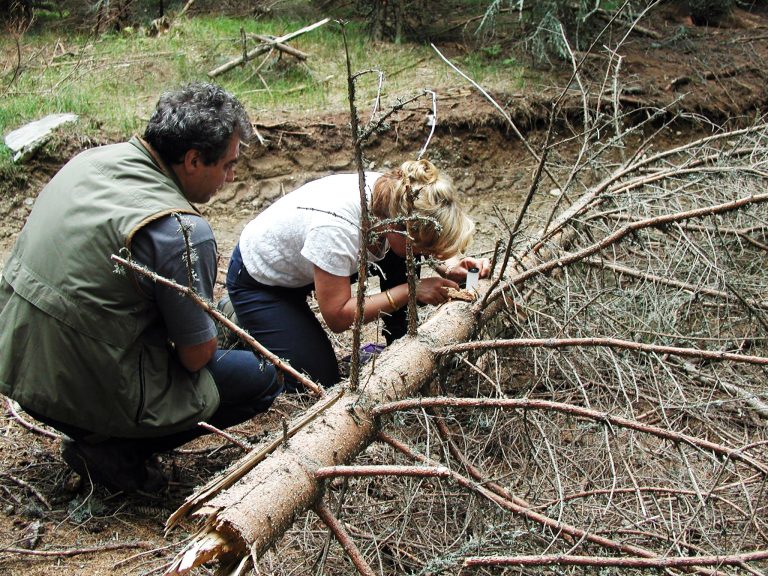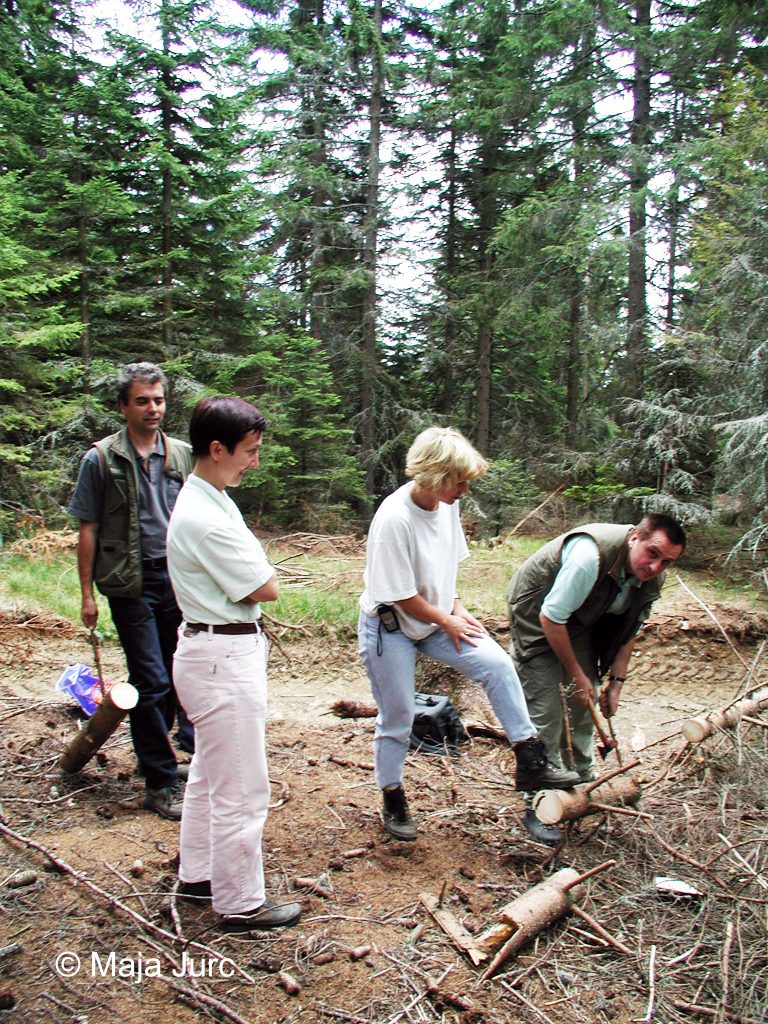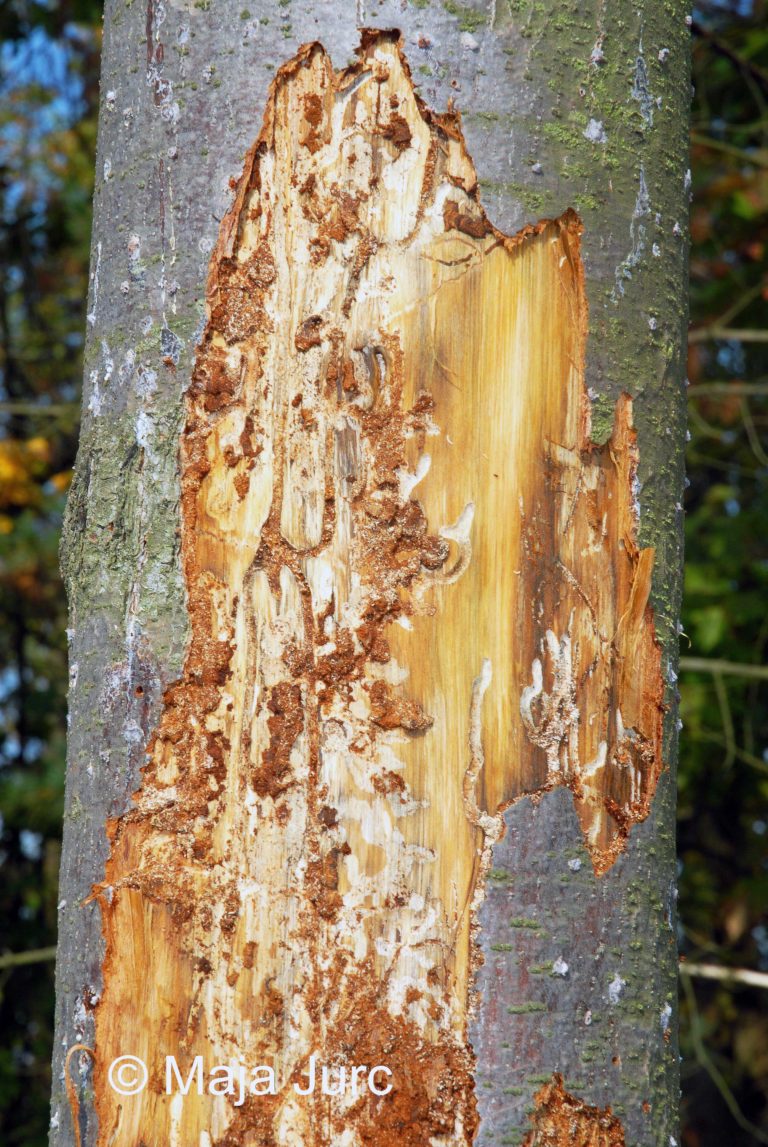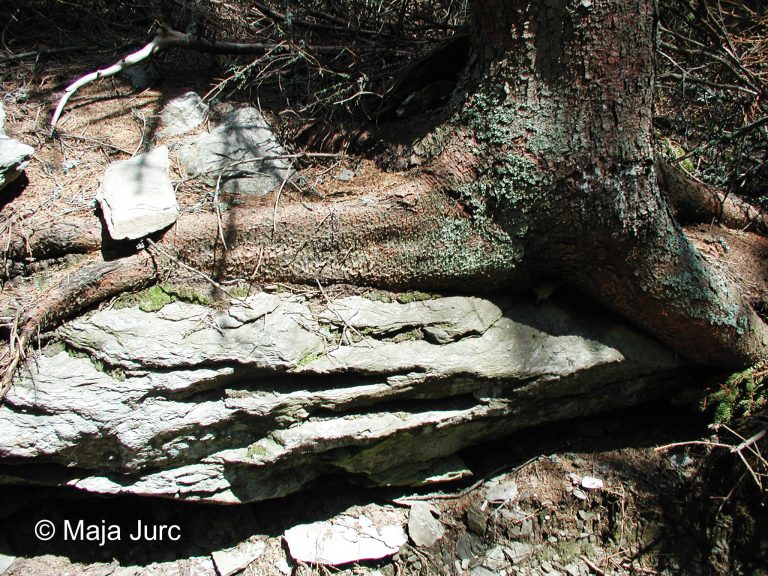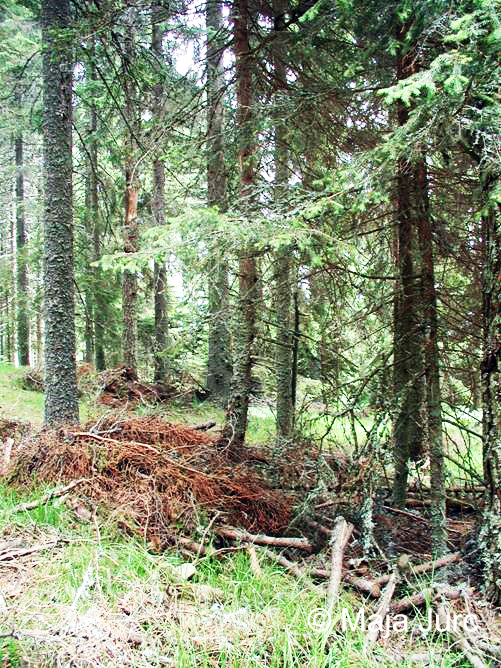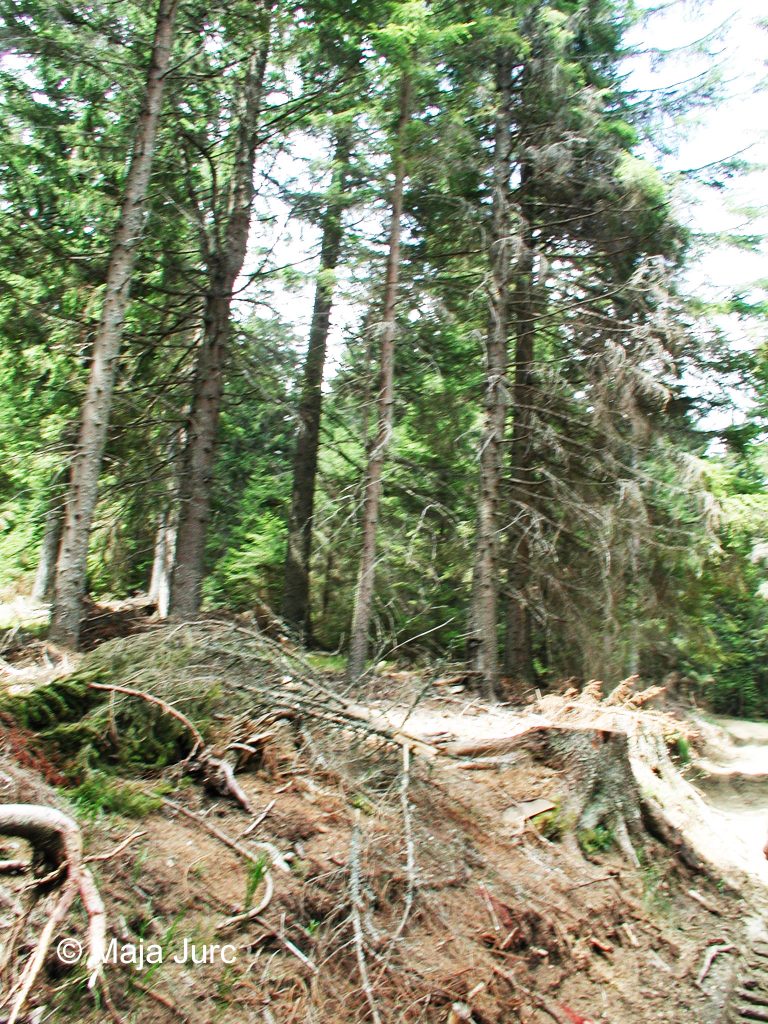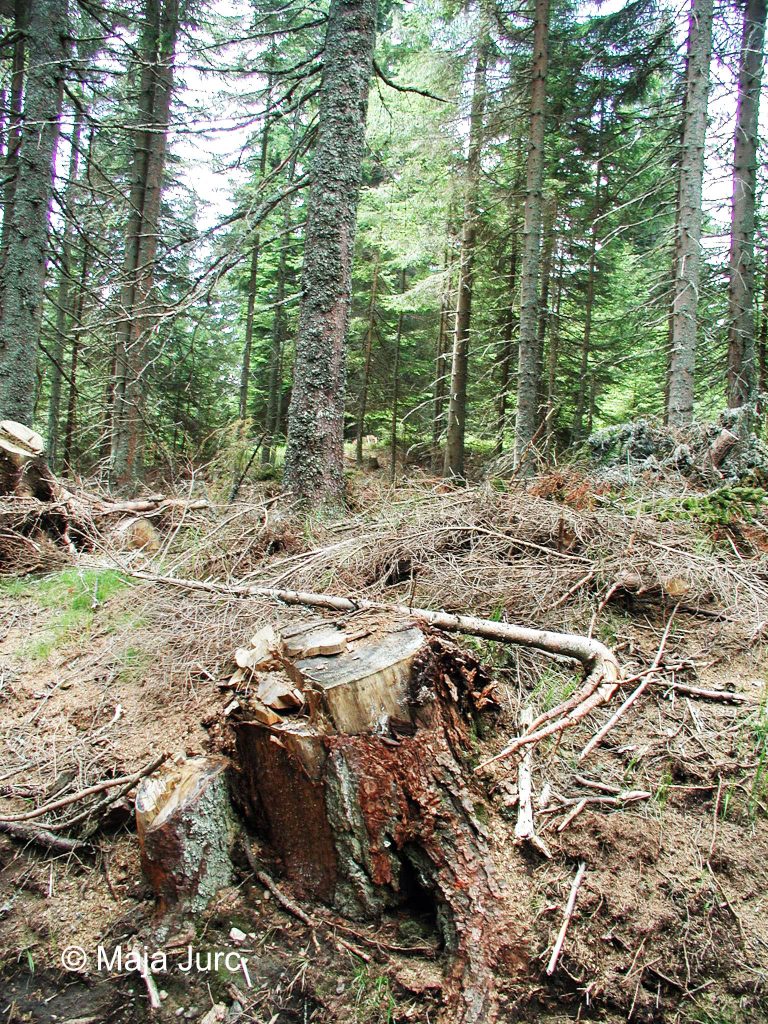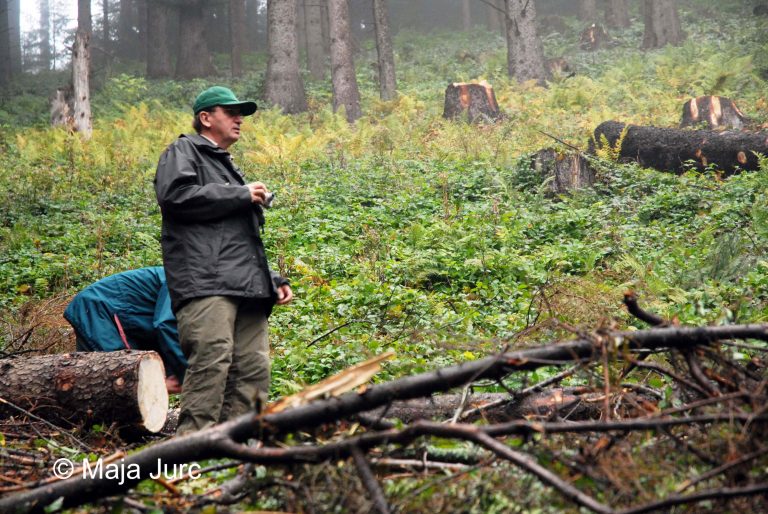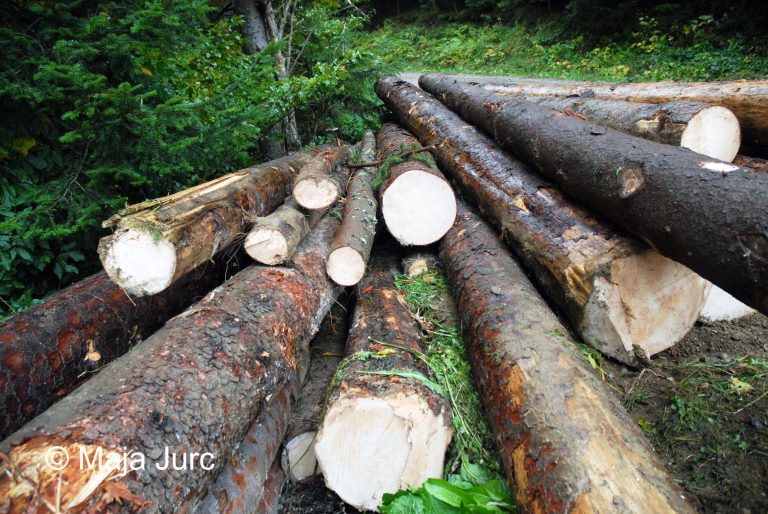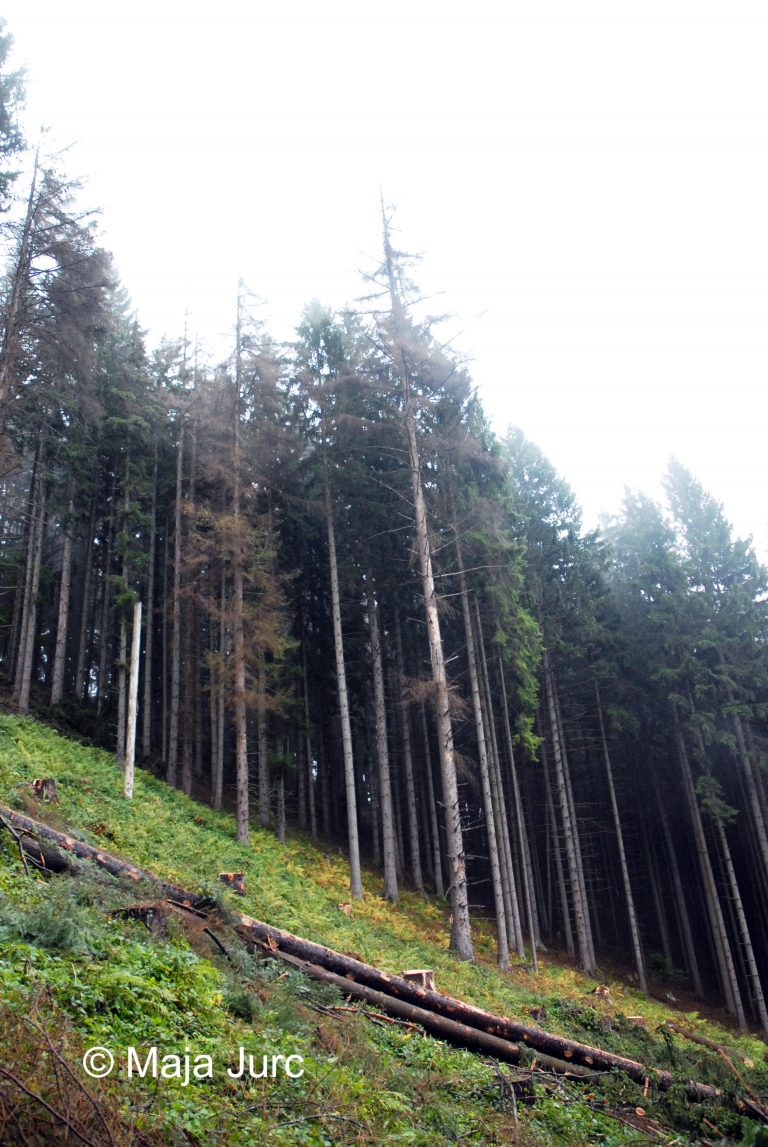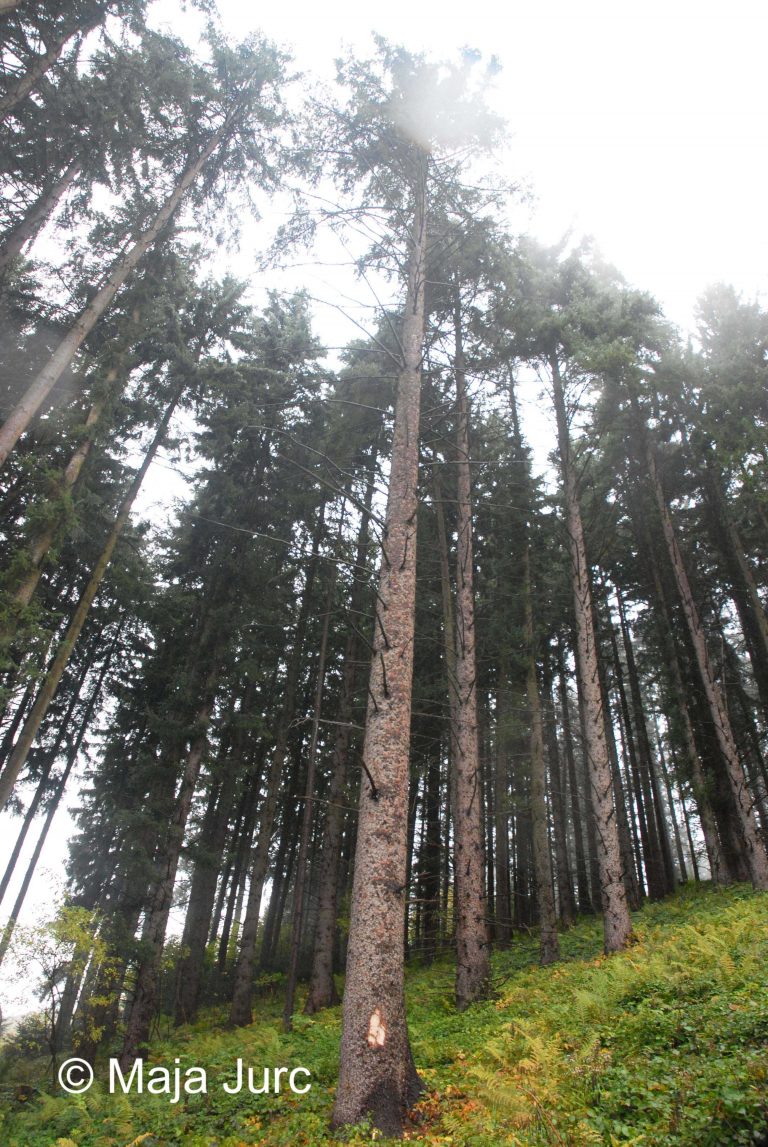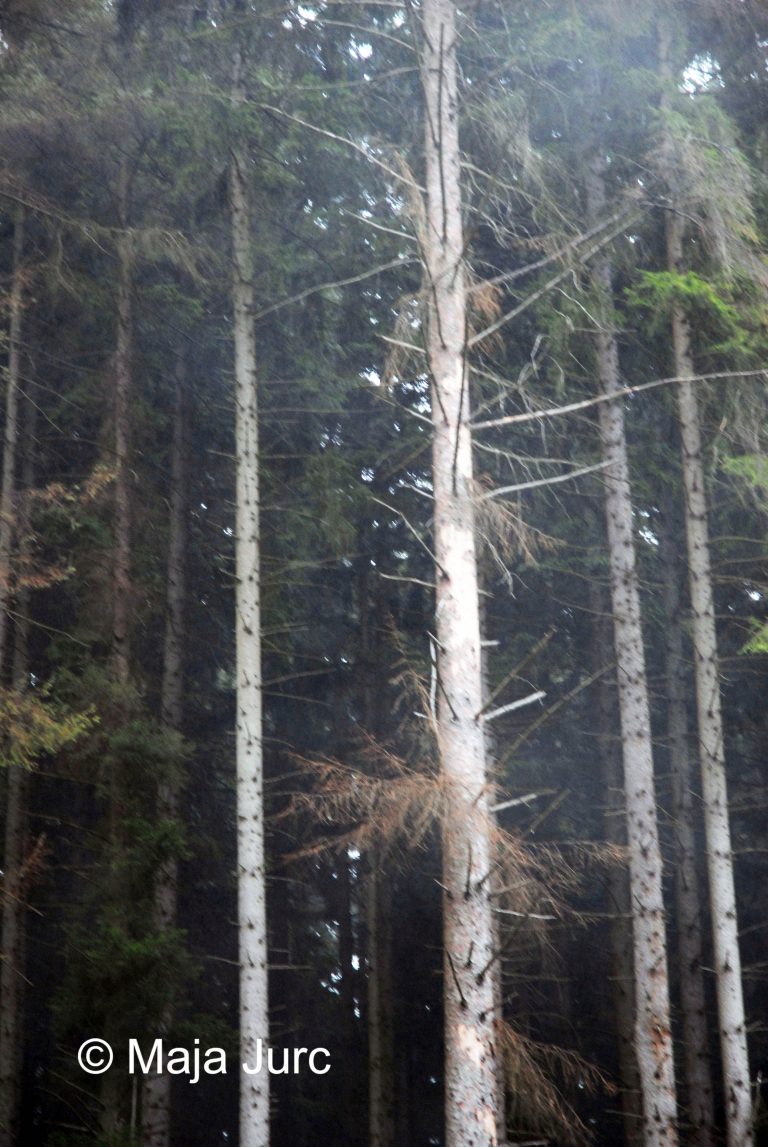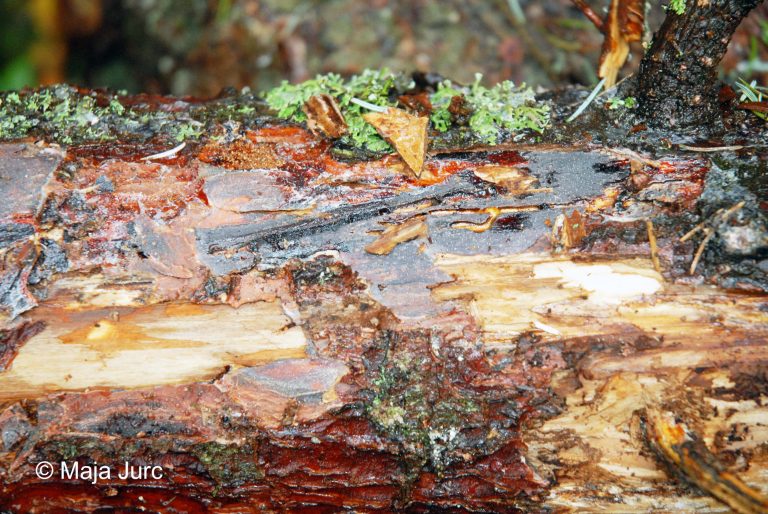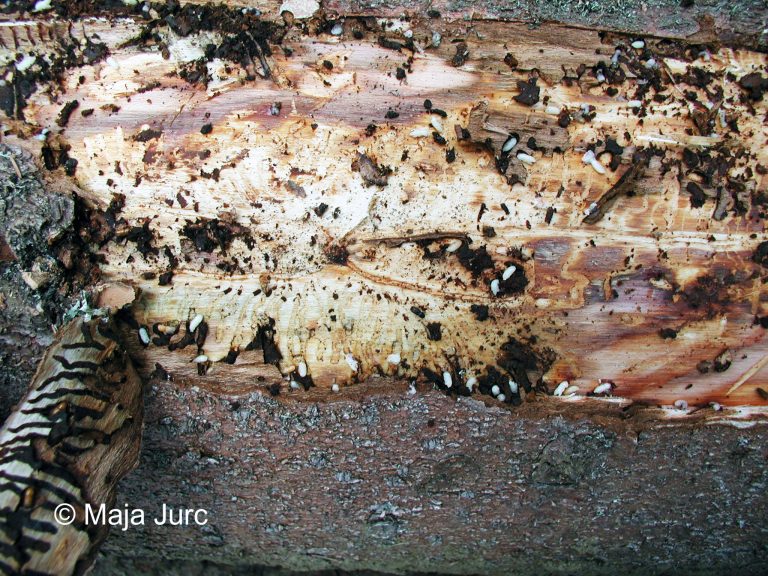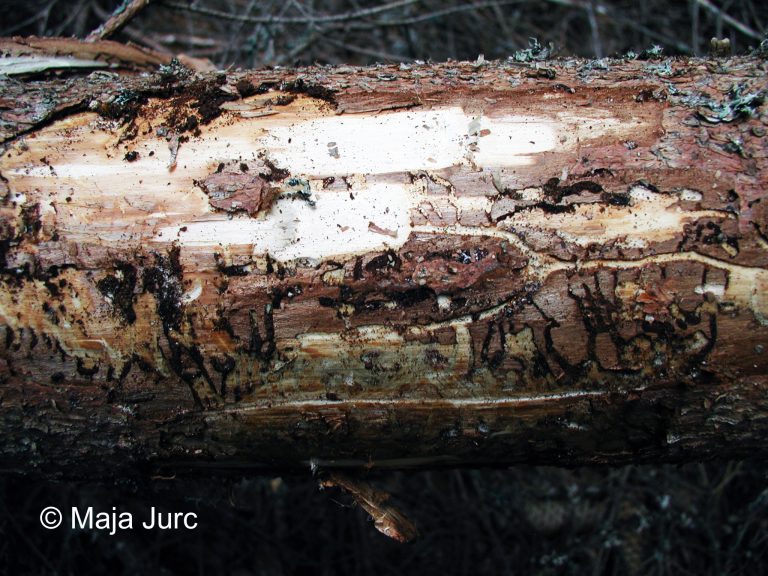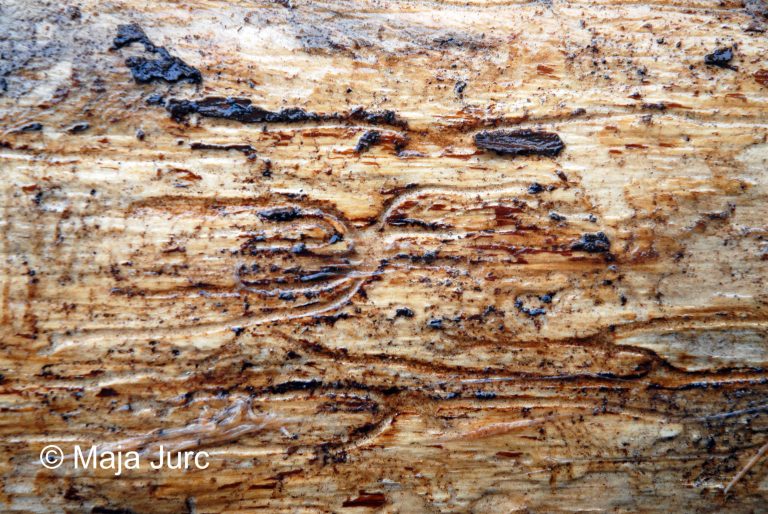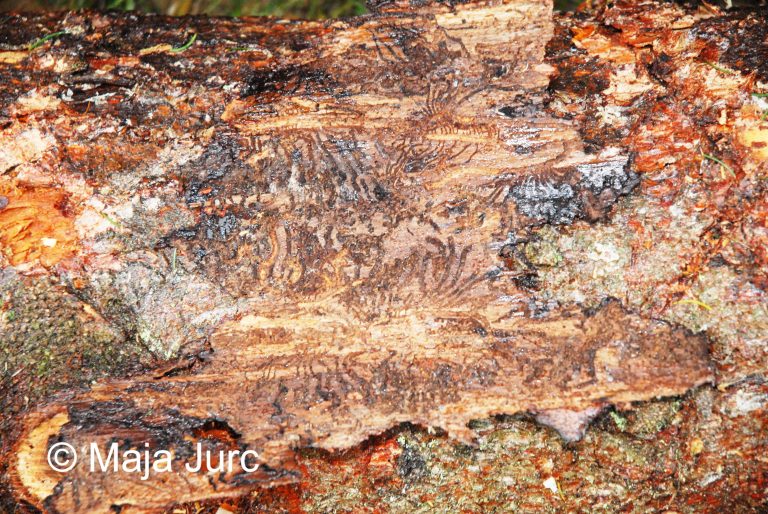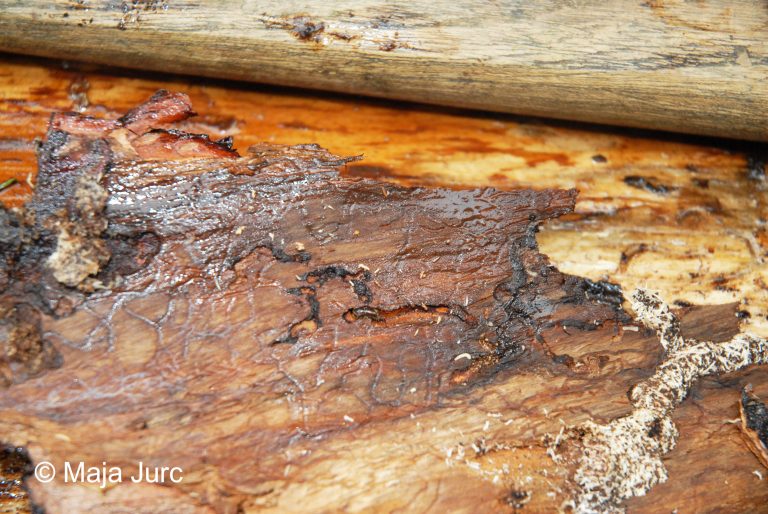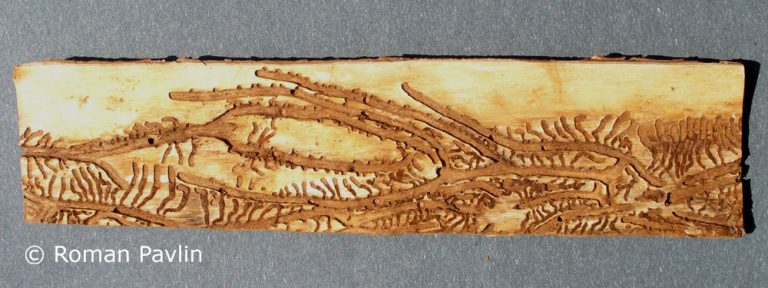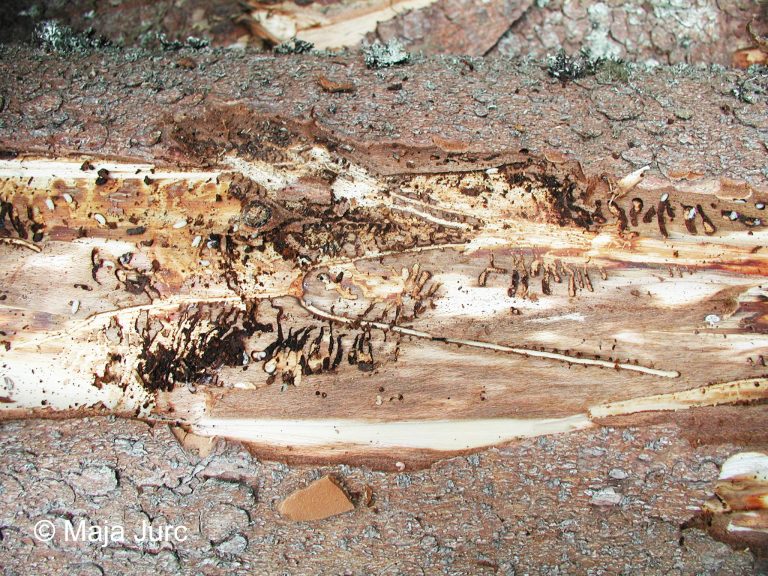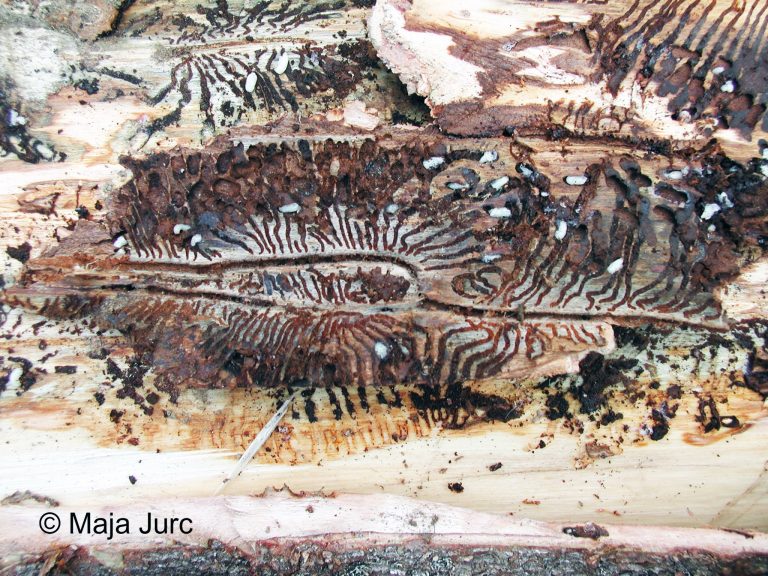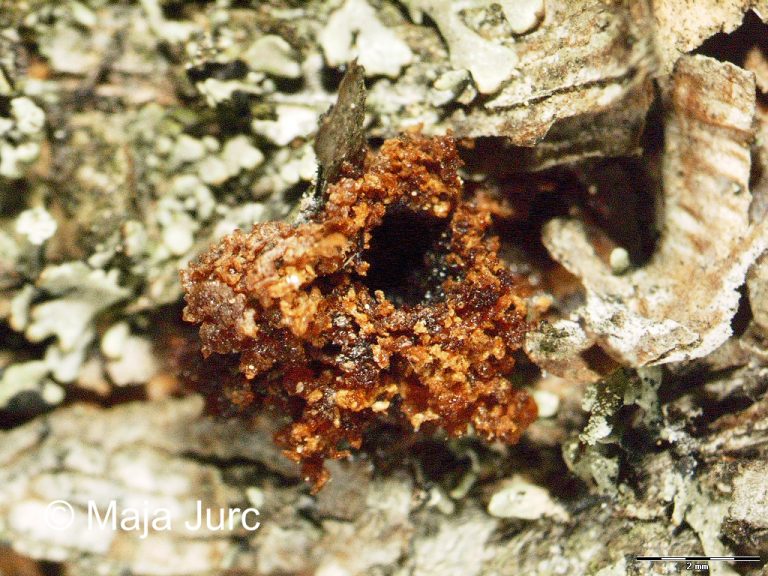28.02. Ips amitinus (Eichhoff, 1872)
Presence
E: AU BE BH BU CR CZ DE EN FI FR GE GR HU IT LA LT MC NL NT PL RO SL* SK SZ YU
A: TR
Figure 114: Ips amitinus, lateral, dorsal (Photo: Maja Jurc)
Older catalogs and keys – citations of name
Grüne 1979: Ips amitinus (Eichhoff, 1871); Freude, Harde, Lohse 1981: Ips amitinus Eichhoff; Titovšek 1988: Ips amitinus (Eichhoff); Pfeffer & Knížek 1993: I. amitinus (Eichhoff, 1871); Pfeffer 1995: I. amitinus (Eichhoff, 1871); Vega & Hofstetter 2015.
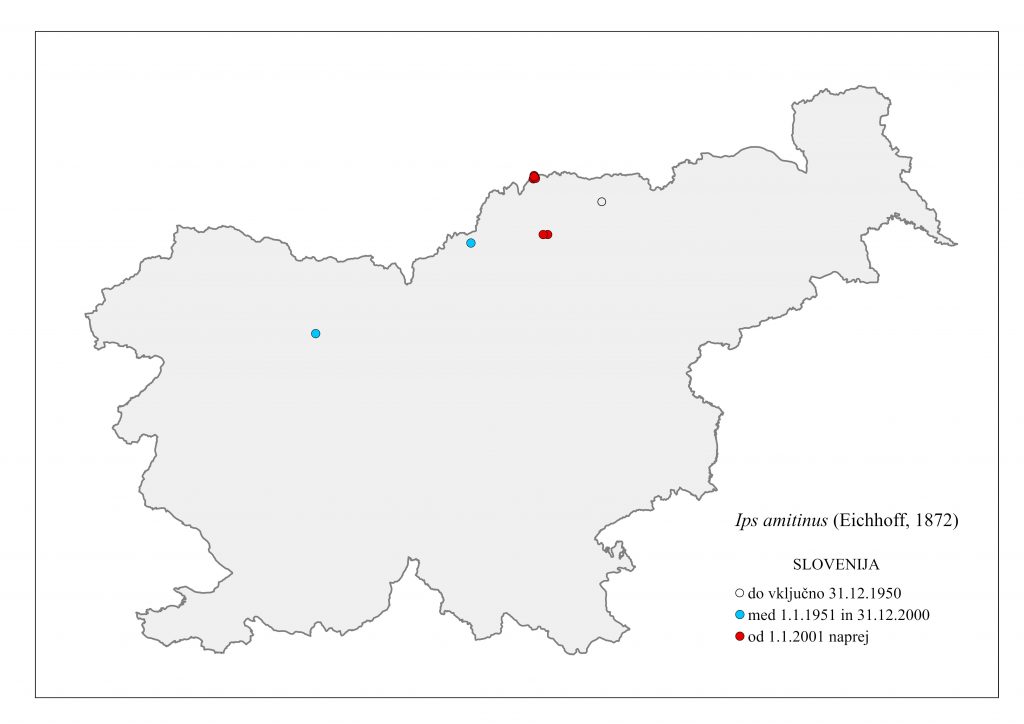
Figure 115: Ips amitinus, distribution map according to historical and recent data
Ecology and presence in Slovenia
The species occurs in Europe, the former Yugoslavia, the western part of the former Soviet Union and Turkey. In Slovenia, there are a few known records in Koroška and only one record each in Gorenjska and Štajerska. Its range is higher montane, mostly above 1000 m (Figure 115). Hosts include Picea abies, P. omorica, Pinus mugo, P. rotundata, P. peuce, P. heldreichii and P. cembra, exceptionally also Pinus nigra, Abies alba and Larix decidua. In Slovenia it has been found only on Picea abies. It develops 1-2 generations annually, swarming in May and July. Phloemophagous, adult length is 3.5-4.8 mm (Figure 114). The tunnel system is star-shaped, with 3-7 long maternal galleries. It is slenderer than the morphologically similar species I. typographus and I. cembrae, differing from them also by the almost completely straight contacts of individual joints on the flagellum of the antennae and by a shiny groove of the apex, which lacks hairs at the edge of the elytra. The species is potentially dangerous, but for the time being it is not of great economic importance in Slovenia due to its rarity and its higher-altitude habitat.

